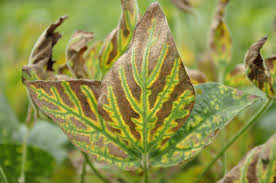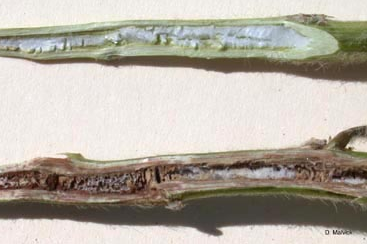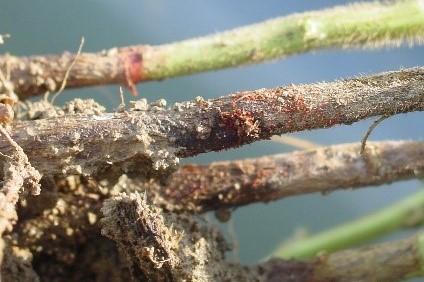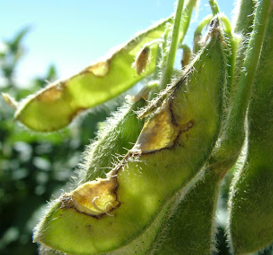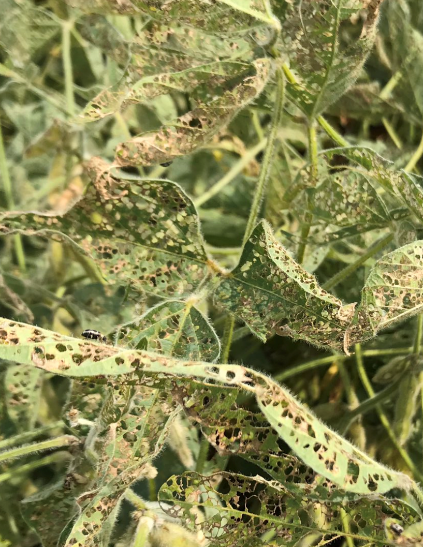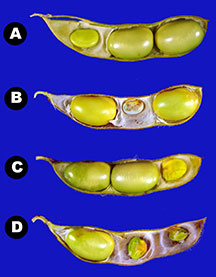With 2020 soybean harvest upon us, we are starting to see several fields turn yellow and soon the results of management practices and how a variety handled the season will be in. Yield is a weight number of how well a soybean managed itself during challenging environments and how efficiently it underwent photosynthesis. But yield is also an indication of how well we as agronomists and farmers managed a field and crop.
Now is a great time to become a “student of the field” and learn as much as you can to improve management decisions for next year. Below is a list of items to help you evaluate soybean varieties, fields and management practices.
1. Standability:
a. Help maximize late season photosynthesis: In the later part of grain fill, it’s still very important for a soybean plant to maximize the amount of sunlight to provide energy so pods can keep filling beans.
b. Help maximize harvest: A soybean plant that has better standability leading into and during harvest will help to prevent more beans from being lost.
c. Standability can be influence by style of bean, population, compaction, disease, nutrients, etc.
2. SDS Infection:
a. How much pressure did a given field have?
i. Was it across the full field or isolated in specific areas?
ii. What is the agronomic score for the given beans?
b. Proper Identification:
i. SDS, Brown Stem Rot and Red Root Rot can all show similar leaf symptoms but we need to evaluate the stem and root for proper identification.
3. Pod Feeding
a. Evaluate the amount of feeding on pods from pests:
i. Bean Leaf Beetles
ii. Stink Bugs
b. Evaluate insecticide treatment from R3 or R4
c. Are there any pods that were fed on and fell to the ground?
4. Leaf Feeding
a. Is there excessive feeding of the canopy and where is it located?
b. Evaluate the type of feeding (BLB, Japanese Beetles, Grasshoppers, etc.)
5. Pod Development/Fill
a. Evaluate how many total nodes developed pods.
i. What is influencing these effects?
b. Evaluate how many pods were retained or aborted.
i. What is influencing these effects?
c. Evaluate how many (0, 1, 2, 3, 4) beans per pod
i. What is influencing these effects?
It important to remember that a soybean plant is biology and when placed in nature, there are opportunistic critters that want to feed on it such as insect, leaf disease, root disease, etc. Mother Nature doesn’t care about cash rents, yield or profitability. That’s where making good agronomic decisions for the right reason will help a soybean producer retain as much yield as possible. Biology is science and modern agriculture is built on agronomic science. Let’s science the BEAN out of this crop!
